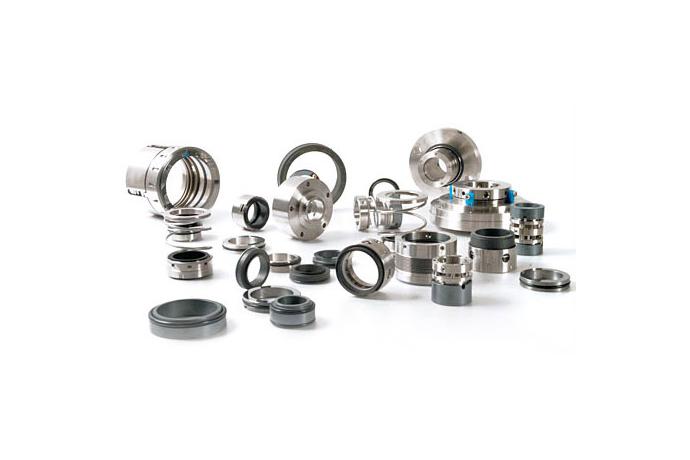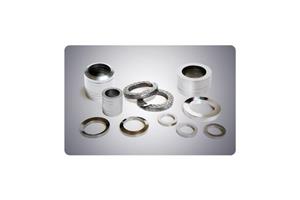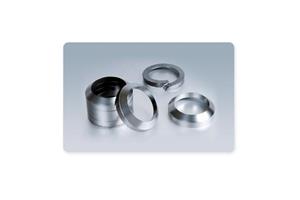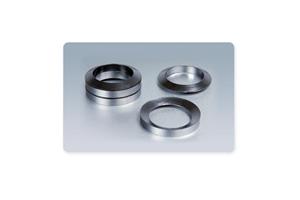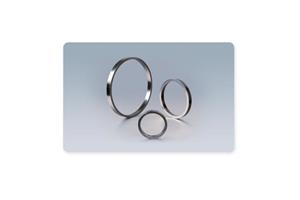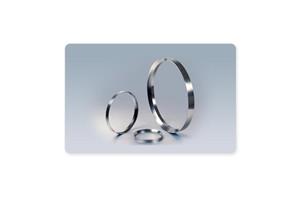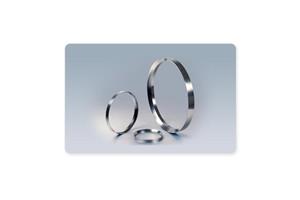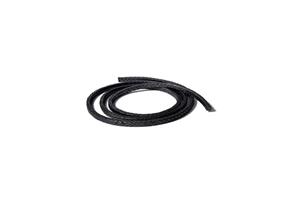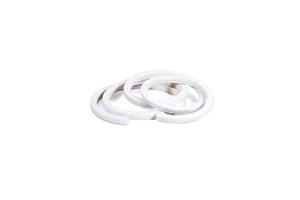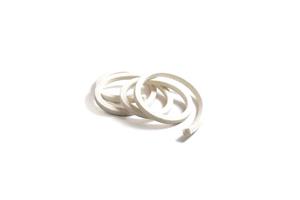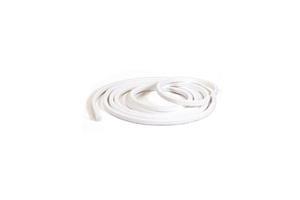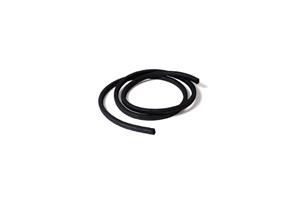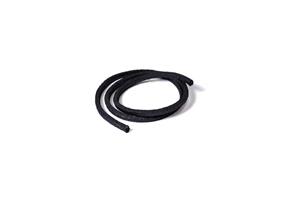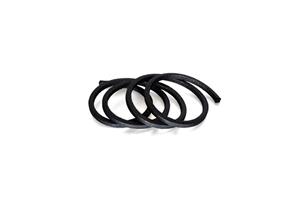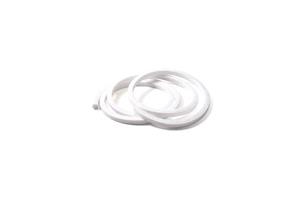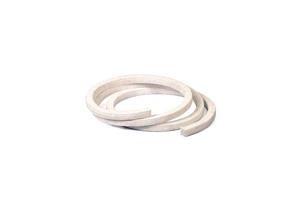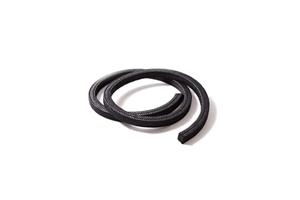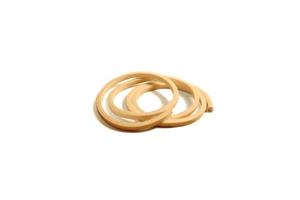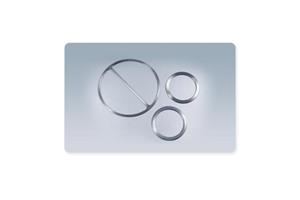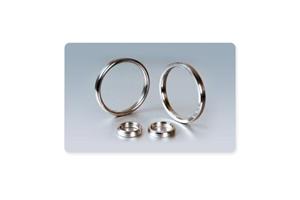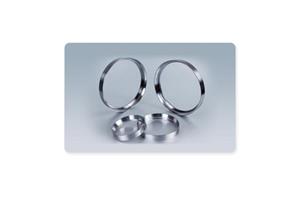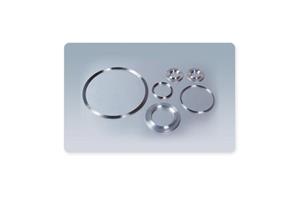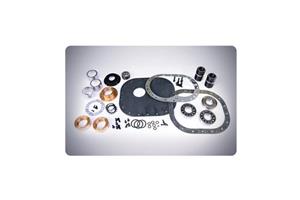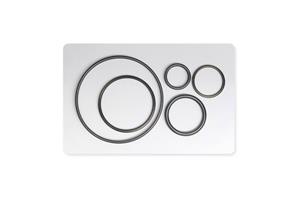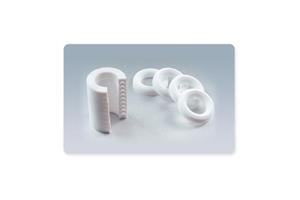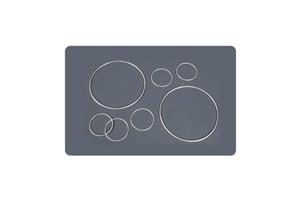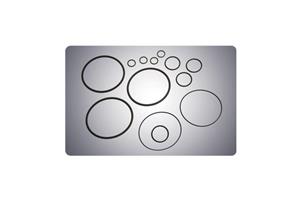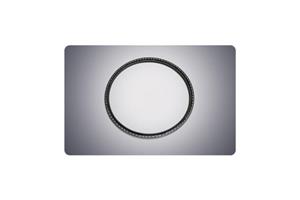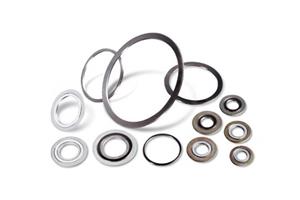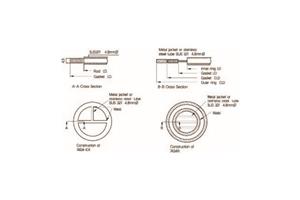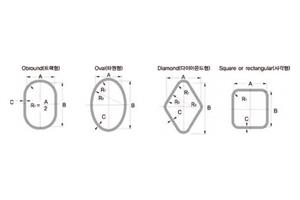Description
The mechanical seal is affected by the pressure of fluid. Usually, there are unbalance type for low pressure and balance type for high pressure to use it. When it exceeds a certain threshold value due to the increased surface pressure of the seal face if the fluid is under high pressure, the lubricating film is worn out running in dry condition, which causes the leakage and decrease in life span due to the increased wearing and heat generation.
Surface roughness
Microfinished sliding faces made of various materials display the followingaverage, arithmetic mean roughness values(Ra):Tungsten carbide,nickel-bonded 0.01㎛ Carbon graphite 0.10㎛Silicon carbide(SiC) 0.04㎛ Aluminium oxide 0.15㎛Special cast Cr-steel 0.15㎛ C-SiC-Si/C-SiC 0.15㎛
The lower the roughness value, the higher the percentage bearing areaand hence the higher load capacity of a mechanical seal.
Turbulence losses Pv
The turbulence-related consumption of power is not significant until thecircumferential speed reaches 30 m/s. It must be given due considerationparticularly with special seals.
Power consumption
The total power consumption of a mechanical seal is calculated from
The power consumed by the sliding faces.
The power consumption due to turbulence created by the rotating parts.
Sliding velocity Vg
The sliding velocity is usually quoted in relation to the mean sliding face diameter.
Cooling water requirements
When estimating the amount of cooling water required by heat exchangers it can be assumed that the temperature of the cooling water will increase by 5 K between the inlet and the outlet. This meansthat 1 I/min of cooling water dissipates 350 W.


